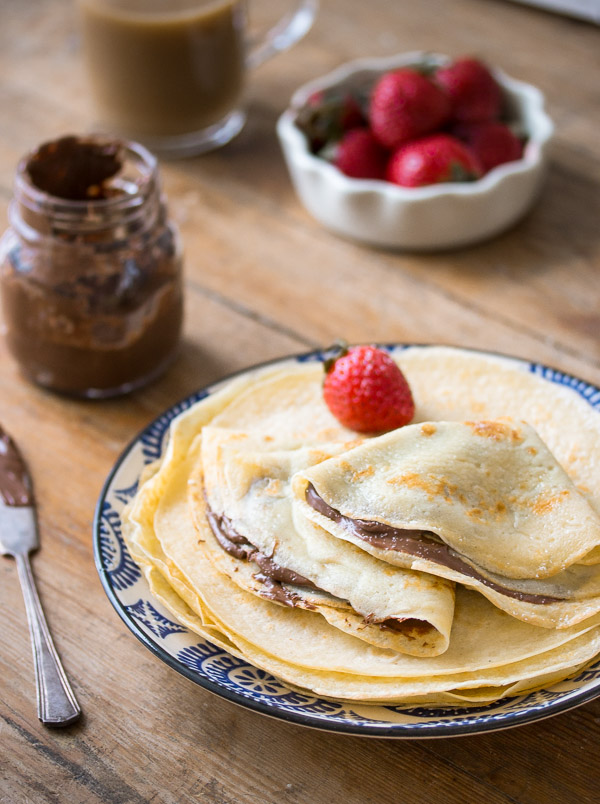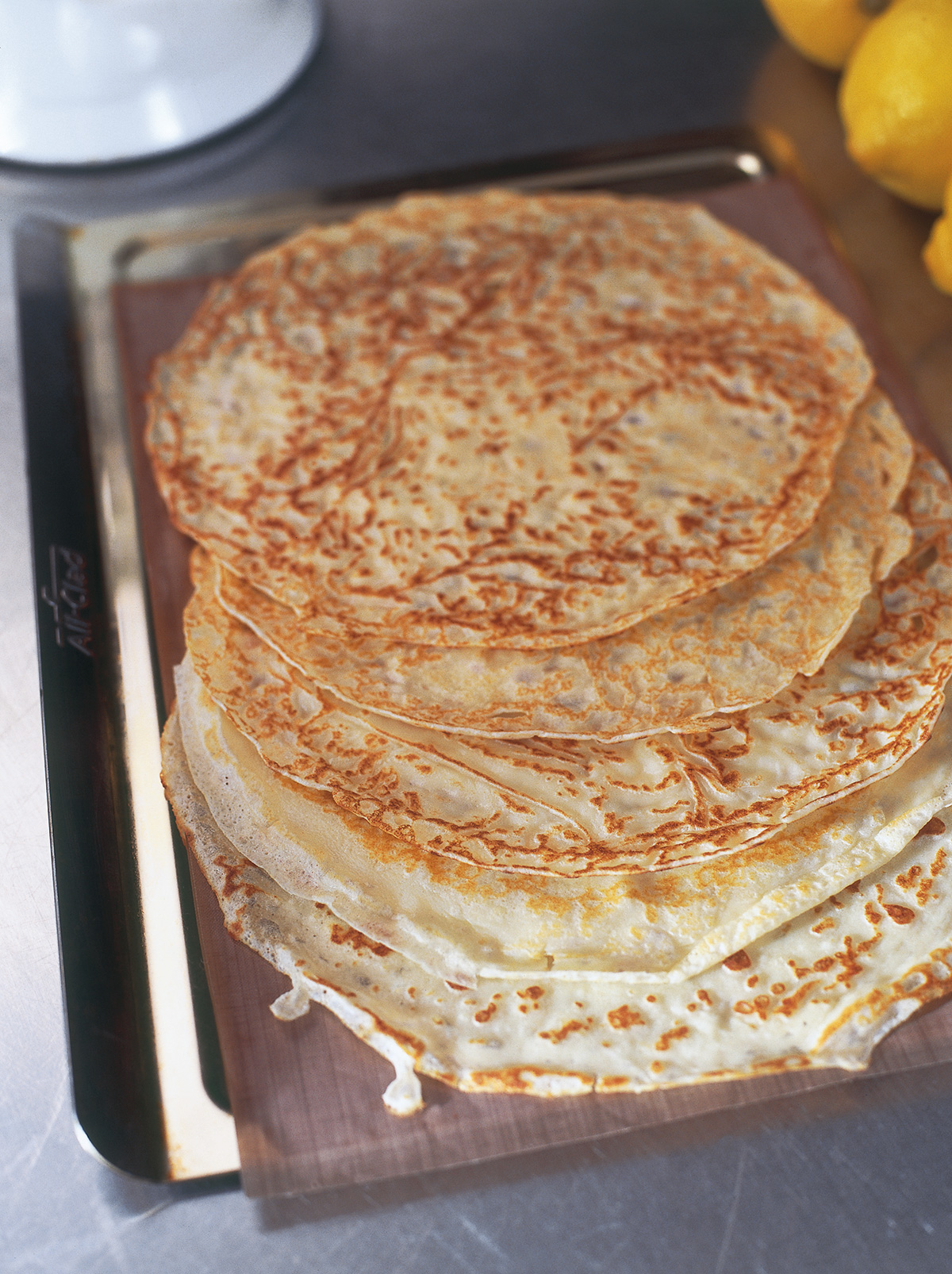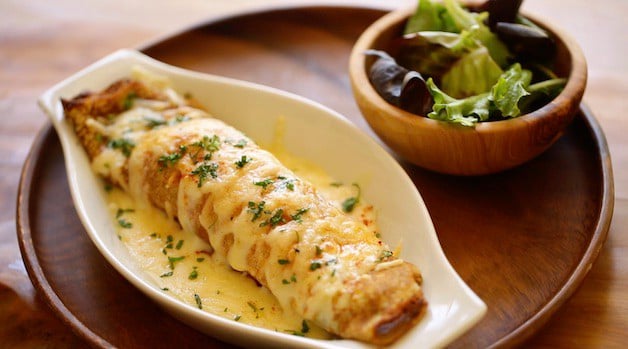Palacsinta
palatschinke, palatschinken, palacinka, palaçinka, palačinka, палачинка, naleśnik, clătite
Palatschinke is a thin crêpe-like variety of pancake of Greco-Roman origin. The dessert is common in the Balkans, Central and Eastern Europe. The dish is of Greco-Roman origin. In 350 BCE, the ancient Greek poets Archestratos and Antiphanes first mentioned plakous. Cato the Elder's short work De agri cultura ("On Farming") from about 160 BC includes an elaborate recipe for placenta. Palatschinke still bears the same name of its Greek and Roman ancestors. The origin of the name comes from the Latin word placenta, which in turn is derived from the Greek word plakous for thin or layered flat breads. The name of the dish has followed a track of borrowing across several languages of Central and Southeastern Europe; the dish originates from the Roman era of Central Europe and the Austrian-German term Palatschinke, the Czech palačinka, the Slovak palacinka, and the Croatian-Serb palačinka are deemed to have been borrowed from Hungarian palacsinta, that in turn from Romanian plăcintă (a cake, a pie), the Romanian word can be traced back to the Latin placenta, meaning "pie, cake".
Source: Wikipedia
Recipes

Crepes Suzette | Nigella's Recipes | Nigella Lawson
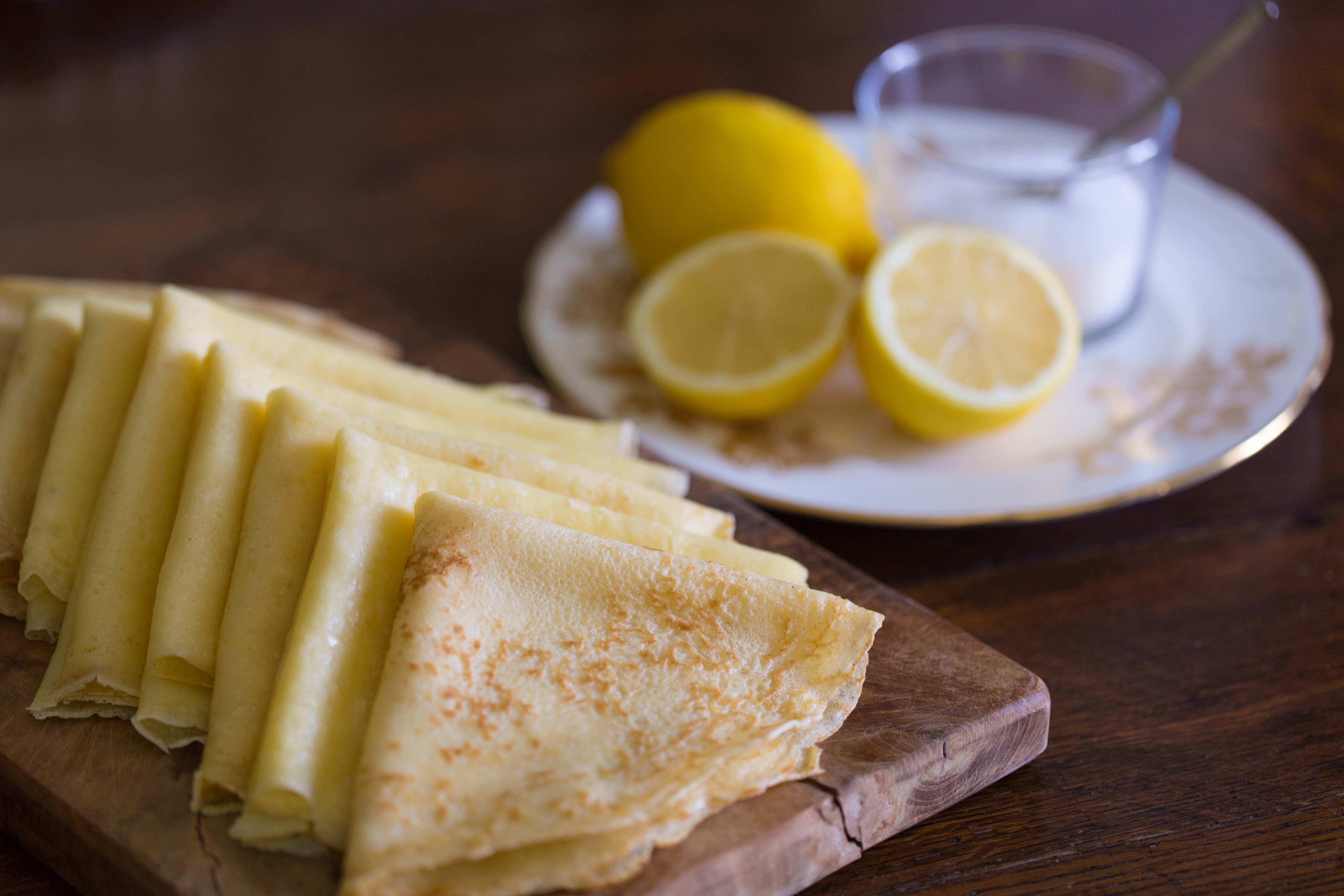
Traditional French Crepe recipe | Sarah Sharratt
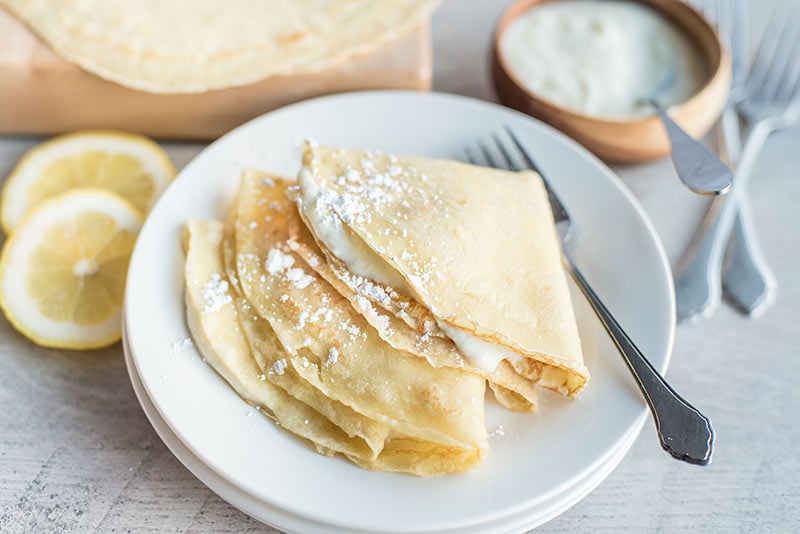
Lemon Ricotta Crepe Recipe | Barbara Bakes






:max_bytes(150000):strip_icc()/335089-simple-crepes-hero_05-53feb00885244f149936d94b5085bb57.jpg)
:max_bytes(150000):strip_icc()/16383-basic-crepes-mfs_002-a07ca6b699e443ee9643034c225a4cfb.jpg)




:max_bytes(150000):strip_icc()/__opt__aboutcom__coeus__resources__content_migration__serious_eats__seriouseats.com__images__2017__02__20170206-spinach-egg-cheese-crepe-15-567951c183f74f4c89c172e2c5910670.jpg)


